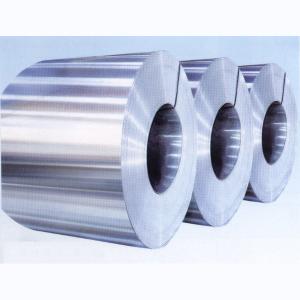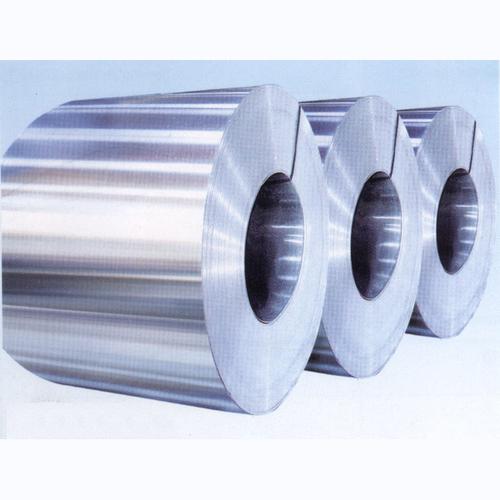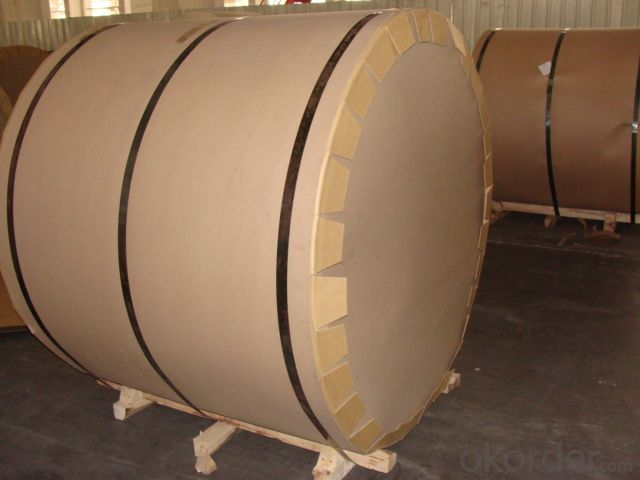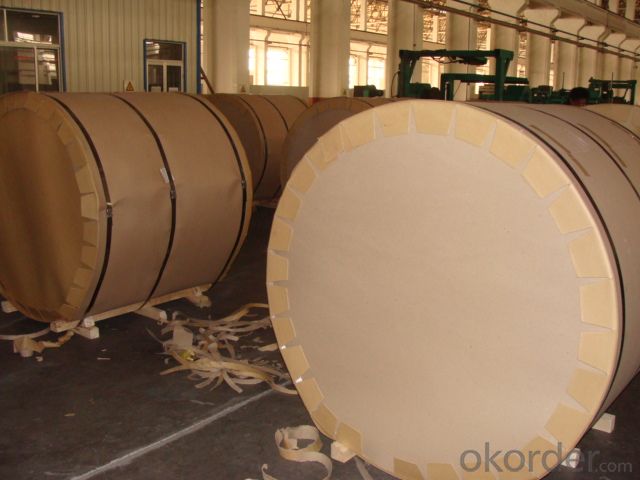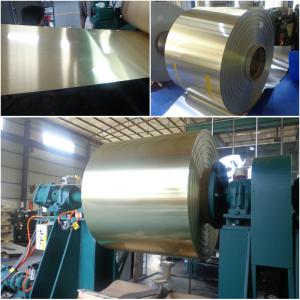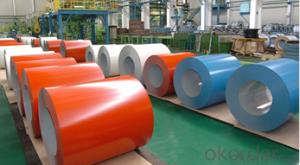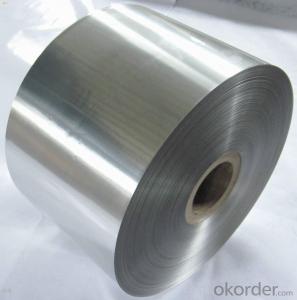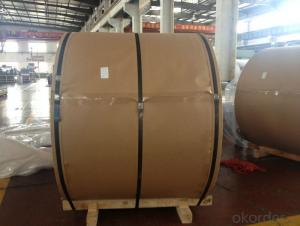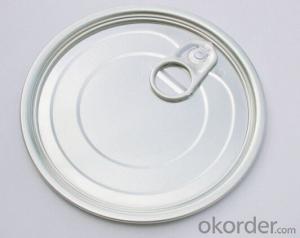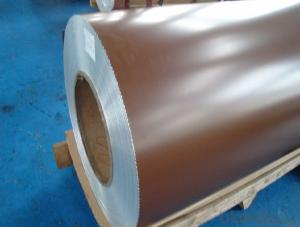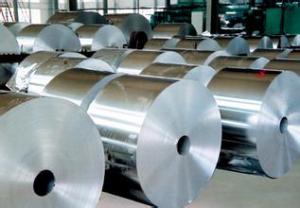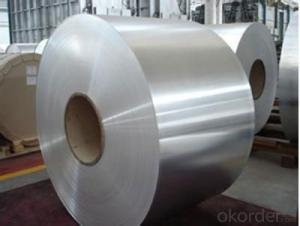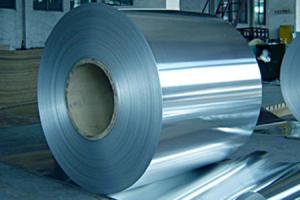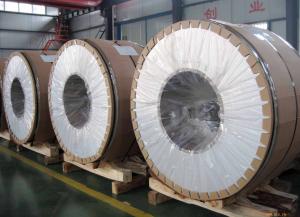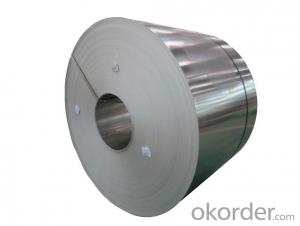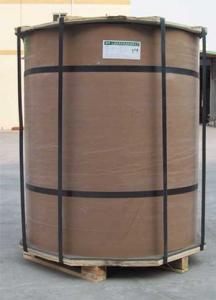Ac Outdoor Unit Aluminum Coil Price - Aluminum Coils 1xxx D.C Mill Finished
- Loading Port:
- China Main Port
- Payment Terms:
- TT or LC
- Min Order Qty:
- 5 m.t.
- Supply Capability:
- 10000 m.t./month
OKorder Service Pledge
OKorder Financial Service
You Might Also Like
1.Structure of Aluminum Coils 1xxx D.C Mill Finished Description
Aluminum Coils 1xxx D.C Mill Finished has great ductility, heat conductivity, anti-corrosion and moisture resistance properties.
Aluminum Coils 1xxx D.C Mill Finished is widely used for electronics, instruments, lighting decoration, packing industry, house decoration, curtain wall, honeycomb-core panel, sandwich panel, aluminum composite panel and aluminum composite pipes.
2.Main Features of Aluminum Coils 1xxx D.C Mill Finished
• Superior quality of raw material
• Reasonable and stable chemical composition
• Accurate tolerance
• Goode mechanical property
3.Aluminum Coils 1xxx D.C Mill Finished Images
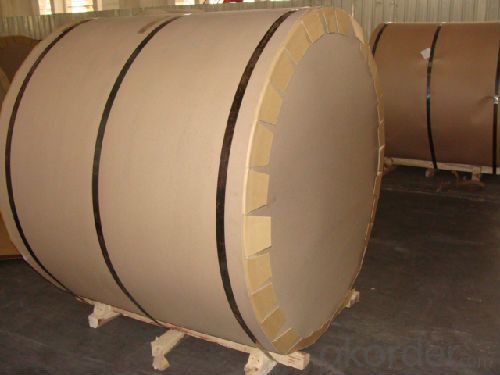
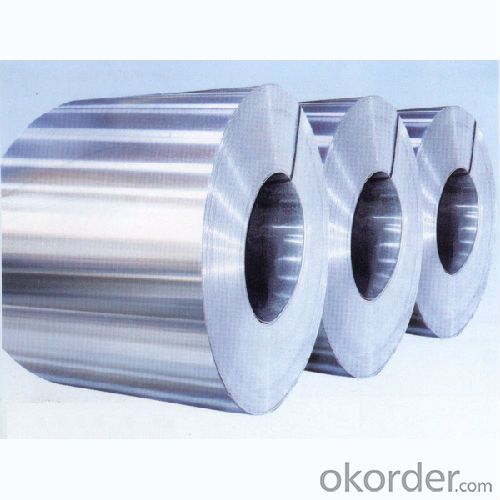
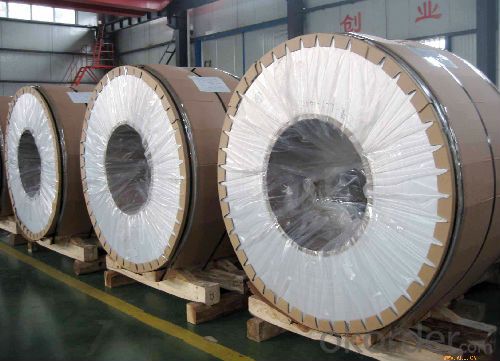
4.Aluminum Coils 1xxx D.C Mill Finished Specification
| Alloy | AA1xxx (AA1050,AA1060,AA1070,AA1100 etc.) |
| Temper | H14,H16,H18,H22,H24,H26,H32,O/F |
| Thickness | 0.2mm--100mm |
| Width | 30mm--1700mm |
| Standard | GB/T 3880-2006 |
5. FAQ of Aluminum Coils 1xxx D.C Mill Finished
A.How to guarantee the quality?
Customers are welcome to our mill to visit and check the products. Besides, we can arrange a third party to test Aluminum Coils 1xxx D.C Mill Finished products.
B.When will you deliver the products?
The Aluminum Coils 1xxx D.C Mill Finished will be delivered within 35 days after receiving advanced payment or original L/C.
- Q: How are aluminum coils used in the production of medical equipment?
- The unique properties and versatility of aluminum coils make them widely used in the production of medical equipment. In the medical industry, aluminum coils are primarily utilized in manufacturing various medical devices including MRI machines, X-ray machines, and ultrasound equipment. The excellent conductivity of aluminum coils is the main reason for their utilization in medical equipment production. This property enables them to effectively conduct and dissipate heat, which is crucial for the proper functioning of medical devices. For example, MRI machines generate a significant amount of heat during operation, and aluminum coils help regulate and maintain the desired temperature for optimal performance and patient safety. Furthermore, the high malleability of aluminum coils allows them to be easily formed into different shapes and sizes. This makes them ideal for producing medical equipment with intricate designs and precise specifications. For instance, aluminum coils are used in constructing radiation shields, which protect medical personnel and patients from harmful radiation emitted by X-ray machines. Additionally, aluminum coils are lightweight yet durable, making them an excellent choice for portable or easily maneuverable medical equipment. This is particularly important for devices like portable ultrasound machines, where lightweight components are necessary for ease of use and transportation. Moreover, aluminum coils exhibit excellent corrosion resistance, a vital characteristic in the medical field where cleanliness and hygiene are of utmost importance. The resistance to corrosion prevents the accumulation of bacteria, germs, and other contaminants on the surface of medical equipment, ensuring a safe and sterile environment for patients and healthcare professionals. In conclusion, aluminum coils play a crucial role in the production of medical equipment, offering properties such as conductivity, malleability, lightweight, durability, and corrosion resistance. These properties enable the efficient and safe operation of medical devices, contributing to improved patient care and well-being.
- Q: How are aluminum coils joined in a continuous process?
- Various techniques, including welding, brazing, and adhesive bonding, are utilized in the continuous process of joining aluminum coils. Joining aluminum coils through welding is a widespread method. It involves melting the coil edges and subsequently merging them. This can be accomplished through different welding processes, such as TIG welding, MIG welding, or laser welding. These welding methods establish a sturdy and long-lasting bond between the coils. Brazing is an alternative technique employed for joining aluminum coils. It entails heating the coils and utilizing a filler material with a lower melting point than aluminum to create the joint. The filler material, typically a brazing alloy, is applied to the joint area. Upon heating, it liquefies and flows into the gap between the coils, creating a solid bond as it cools. Adhesive bonding is also employed during the continuous joining of aluminum coils. This approach involves applying a specialized adhesive or glue to the coil surfaces that require joining. The adhesive is chosen meticulously for its exceptional bonding properties with aluminum. The coils are then pressed together, and the adhesive undergoes curing, resulting in a robust and dependable bond. Each joining technique possesses distinct advantages and is selected based on factors such as application requirements, the aluminum type used, and the desired level of strength and durability. The choice of joining method in a continuous process relies on the specific demands of the production line and the final product.
- Q: What are the different sizes available for aluminum coils?
- Aluminum coils come in various sizes to accommodate the diverse needs of different industries and applications. The sizes of aluminum coils can vary depending on factors such as intended use, manufacturing process, and customer preferences. In general, aluminum coils can be found in a range of thicknesses, typically spanning from 0.2mm to 8mm. The width of aluminum coils can range from a few inches to over 60 inches. As for length, aluminum coils can be customized, but standard lengths usually fall between 1000mm and 6000mm. The specific sizes of aluminum coils available may also be influenced by the manufacturing capabilities of the supplier or manufacturer. Some suppliers may offer a wide selection of sizes to cater to different customer demands, while others may have a more limited range. It is important to note that the availability of specific sizes may be subject to minimum order quantities or lead times. Therefore, it is advisable to consult with the supplier or manufacturer to inquire about the available sizes and any associated limitations or requirements. Overall, the assortment of sizes for aluminum coils allows customers the flexibility to select dimensions that best suit their specific applications and requirements.
- Q: I can't figure out what the metabolic role of aluminum is. Been searching for a while and can't seem to find anything concrete.If you can, please include sources. Thanks!
- I okorder /
- Q: A piece of aluminum foil 0.550 mm thick and 1.00 cm square is allowed to react with bromine to form aluminum bromide?a) How many mole of aluminum were used? ( The density of aluminum is 2.699 g/cm3.)I keep getting the same answer which I know is wrong. I used a formula to get the volume and then the mass to get the moles, but maybe this is wrong. Could someone explain the process. I got 4.32 x 10-1 mol Al, but the answer is 5.50 x 10-3 mol Al.
- Okay. If you have .55mm thick, 1cm square of Al, you you have 55 cubic mm of Al. 55 cubic mm is .055 cubic centimeters of Al. .055 * denisty of Al (2.699 g/cm3) gives you .148 grams of Al. Al molecule weight is 27g/mole. So .148 g * (1 mole / 27 grams) = .00548 moles of Aluminum. That rounds to about 5.50 x 10-3 moles. I should also add that A) Remember when you are converting cubic units (such as mm3 into cm3), the conversion factor should also be cubed (so 1 cubic mm = 10^3 cubic cm). Also, not to be nit picky, but this question is dumb because aluminum foil would also have a good portion of aluminum oxide coating it...but I wouldn't bring that up to the teacher if I were you. :-)
- Q: Are there any recycling programs for used aluminum coils?
- Indeed, recycling programs for used aluminum coils are readily accessible. Aluminum, being highly recyclable, can be melted down and repurposed without compromising its quality. Numerous recycling centers and scrap metal yards willingly accept aluminum coils for recycling purposes. Furthermore, certain HVAC companies, which frequently employ aluminum coils in air conditioning systems, have implemented their own recycling initiatives. It is advisable to consult your local recycling center or HVAC companies to obtain information regarding the specific recycling programs available for used aluminum coils in your vicinity.
- Q: Can aluminum coils be used in high-pressure applications?
- No, aluminum coils are not typically used in high-pressure applications due to their lower strength and less resistance to deformation compared to other materials such as steel.
- Q: Are aluminum coils suitable for architectural applications?
- Yes, aluminum coils are suitable for architectural applications. Aluminum is a highly versatile and durable material that is commonly used in the construction industry for various architectural applications. Aluminum coils offer several advantages for architectural use, including their lightweight nature, corrosion resistance, and ability to be easily formed into desired shapes and sizes. These coils can be used in architectural applications such as roofing, cladding, facades, and gutters, among others. Additionally, aluminum coils can be coated with different finishes, providing a wide range of aesthetic options for architects and designers. Overall, aluminum coils are an excellent choice for architectural applications due to their strength, durability, and flexibility.
- Q: Can aluminum coils be used for food storage containers?
- Yes, aluminum coils can be used for food storage containers. Aluminum is a safe and commonly used material for food packaging due to its non-toxic, lightweight, and corrosion-resistant properties. It helps to preserve the freshness, flavor, and quality of food while also being recyclable and environmentally friendly.
- Q: This question asks about potential health hazards linked to the use of aluminum coils in culinary settings.
- <p>There are some concerns about using aluminum cookware due to the potential for aluminum to leach into food, especially at high temperatures or in acidic environments. While the human body needs small amounts of aluminum, excessive intake can be harmful. It has been linked to neurological disorders, although the evidence is not conclusive. Most health organizations, including the FDA, consider aluminum cookware safe for general use. However, for those who are concerned, alternatives like stainless steel, cast iron, or non-stick coatings are available. It's always best to follow manufacturer's guidelines and avoid using aluminum cookware for acidic or highly acidic foods to minimize any potential risk.</p>
Send your message to us
Ac Outdoor Unit Aluminum Coil Price - Aluminum Coils 1xxx D.C Mill Finished
- Loading Port:
- China Main Port
- Payment Terms:
- TT or LC
- Min Order Qty:
- 5 m.t.
- Supply Capability:
- 10000 m.t./month
OKorder Service Pledge
OKorder Financial Service
Similar products
Hot products
Hot Searches
Related keywords
